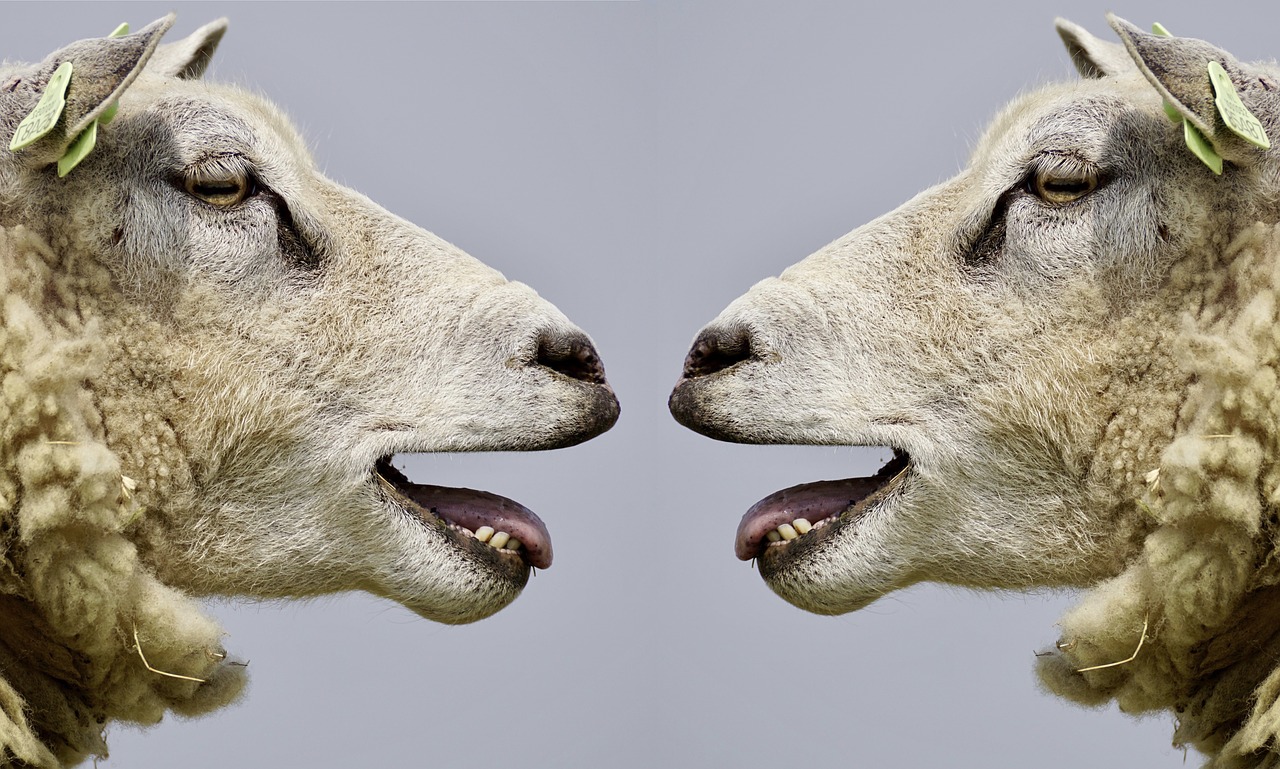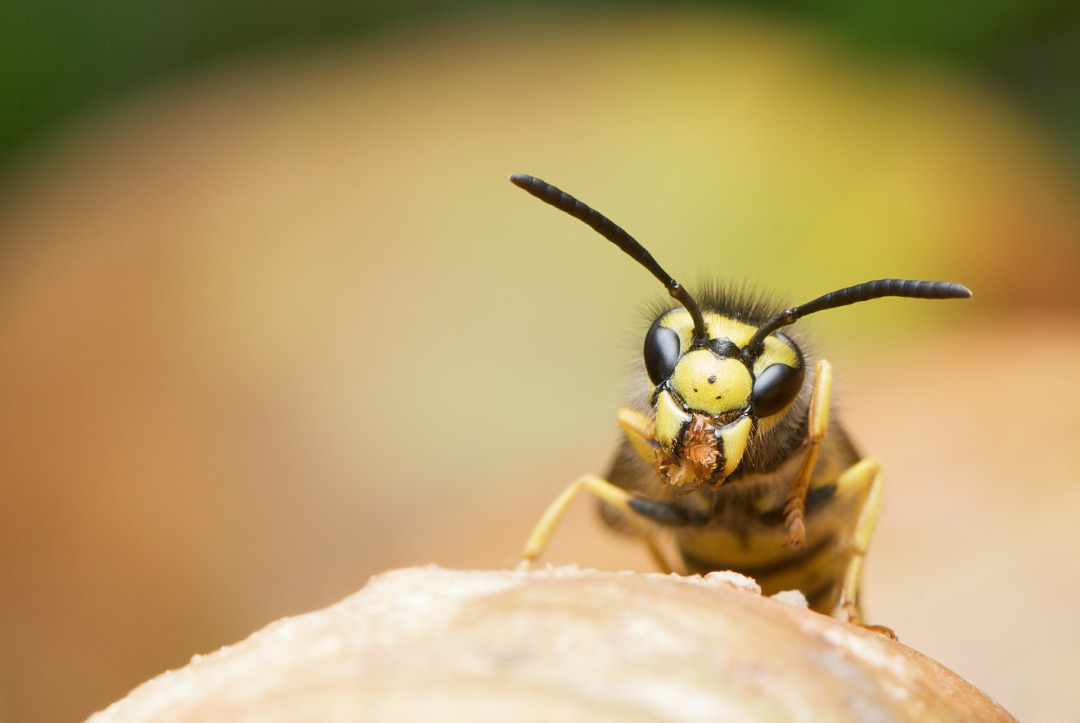
Research Stash Weekly Review 4
- Weekly Review
- 2.4K
Researchers found that Polistes paper wasps express different genes when identifying faces than when distinguishing between simple patterns

Humans are face-recognition specialists. We can pick out faces better than other patterns, but not all animals excel like we do. A few groups of large-brained social animals, including macaques and sheep, are known to recognize each other by facial features, and among insects, the talent is especially rare—only a handful of paper wasp species are known to do it. Read More
Researchers create the google maps of Tissue

Researchers at Maastricht University (UM) recently succeeded in visualizing dynamic metabolic changes using mass spectrometry imaging (MSI) through amino acid conversion in the liver. This is the first time scientists have been able to identify the dynamics of biochemical processes in human tissue. The research team – headed by Zita Soons and Martijn Arts and led by Ron Heeren (M41) and Steve Olde Damink (Surgery) – published their findings this week in the international edition of the prestigious German journal Angewandte Chemie. Read More
Brain-Invading Tapeworm That Eluded Doctors Spotted by New DNA Test
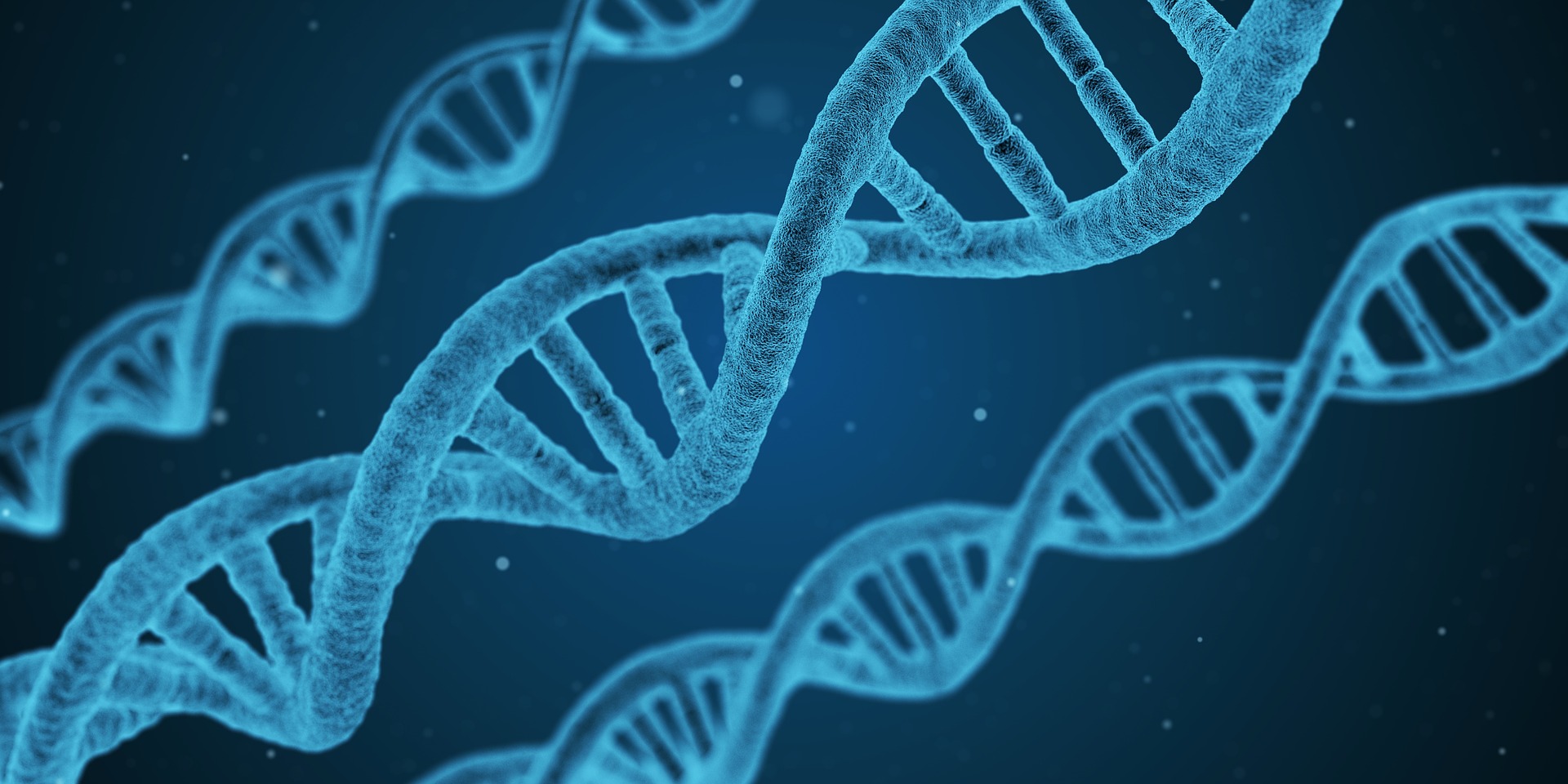
Doctors at Zuckerberg San Francisco General Hospital could not figure out what was wrong with the 29-year-old man sitting before them. An otherwise healthy construction worker from Nicaragua, the patient was suffering from a splitting headache, double vision, and ringing in his ears. Part of his face was also numb. The cause could have been anything—from an infection to a stroke, a tumor or some kind of autoimmune disease. Read More
Exposure to Ozone Kicks Up Chances of Autism 10-Fold in at-Risk Kids

Having a higher number of copies of genes have been shown to raise the risk of a child developing autism, as has early exposure to various pollutants in the mother’s environment. Researchers have now shown that when these two factors are combined, an individual has 10 times the chance of developing the condition, demonstrating the importance of stepping beyond the question of nature versus nurture and looking at the bigger picture. Read More
Experts uncover first molecular events of organ rejection
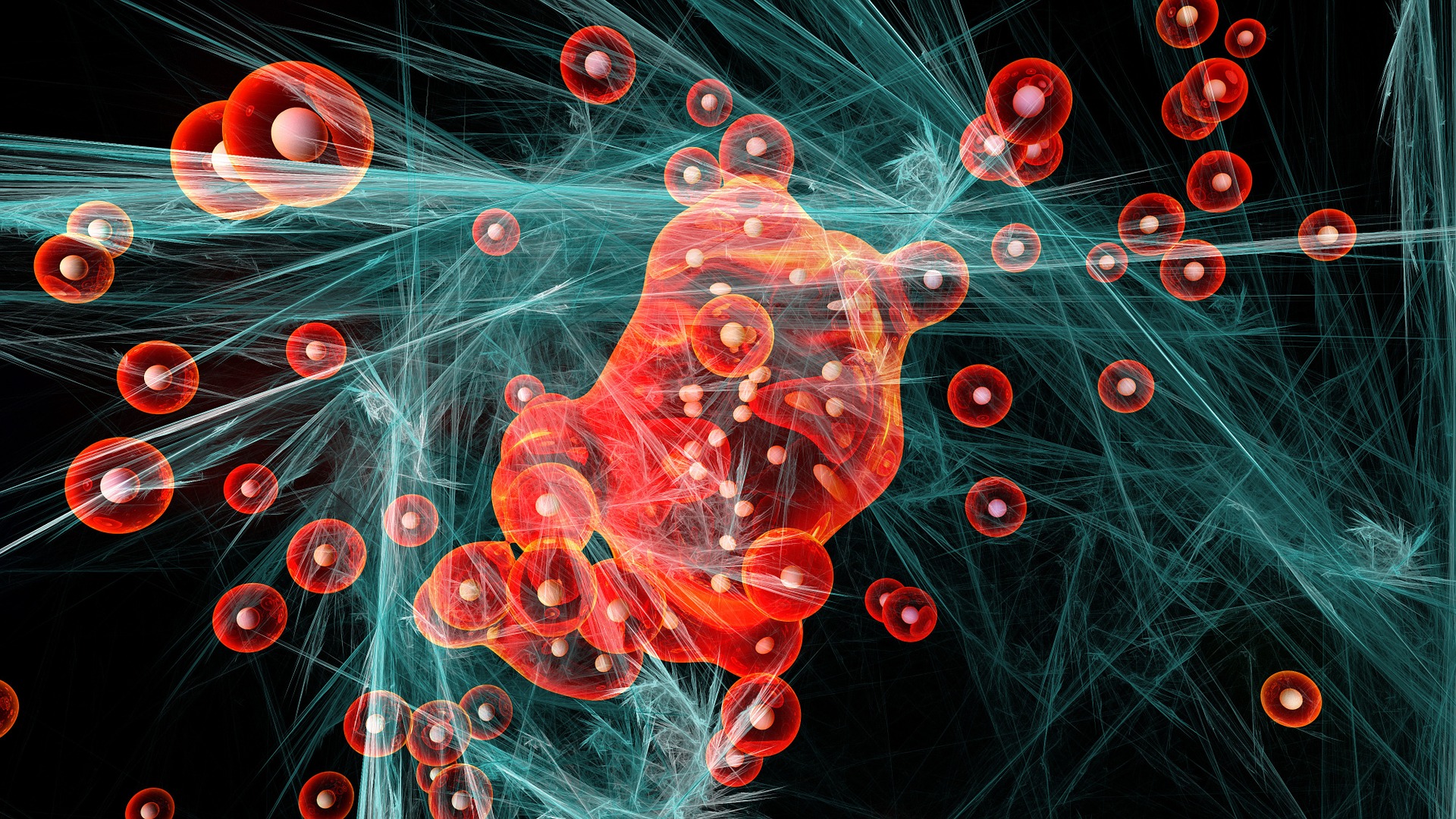
Researchers at the University of Pittsburgh School of Medicine and the University of Toronto have uncovered the first molecular steps that lead to immune system activation and eventual rejection of a transplanted organ. The findings, published today in Science Immunology, may be used someday to create better donor-recipient matches and develop new ways to prevent rejection of transplanted tissues. Read More
Scientists Capture DNA Replication On Video for the First Time. Here’s What it Revealed
Scientists have captured video footage of DNA replicating for the first time. The video reveals that the process is more chaotic than once believed and prompts new questions about how the cell prevents mutations. Read More
Physicists Have Figured Out Where The Sun’s Plasma Jets Come From

After over a century of observations and several theories, scientists may have finally nailed the origin of the high-speed plasma blasting through the Sun’s atmosphere several times a day. Using a state-of-the-art computer simulation, researchers have developed a detailed model of these plasma jets, called spicules. Read More
Gene-Editing Algae Doubles Biofuel Output Potential, another leap forward for sustainable biofuels.

Scientists have created a strain of algae that produces twice as much lipid as its wild parent, a substance that can be processed into a biofuel. By using a combination of gene editing tools, including the famed CRISPR-Cas9 technique, they identified and switched off genes that limited the production of lipids. Creating an alga that can pump out commercial amounts of sustainably obtained biofuels.
IBM-powered DNA sequencing could find bacteria in raw milk
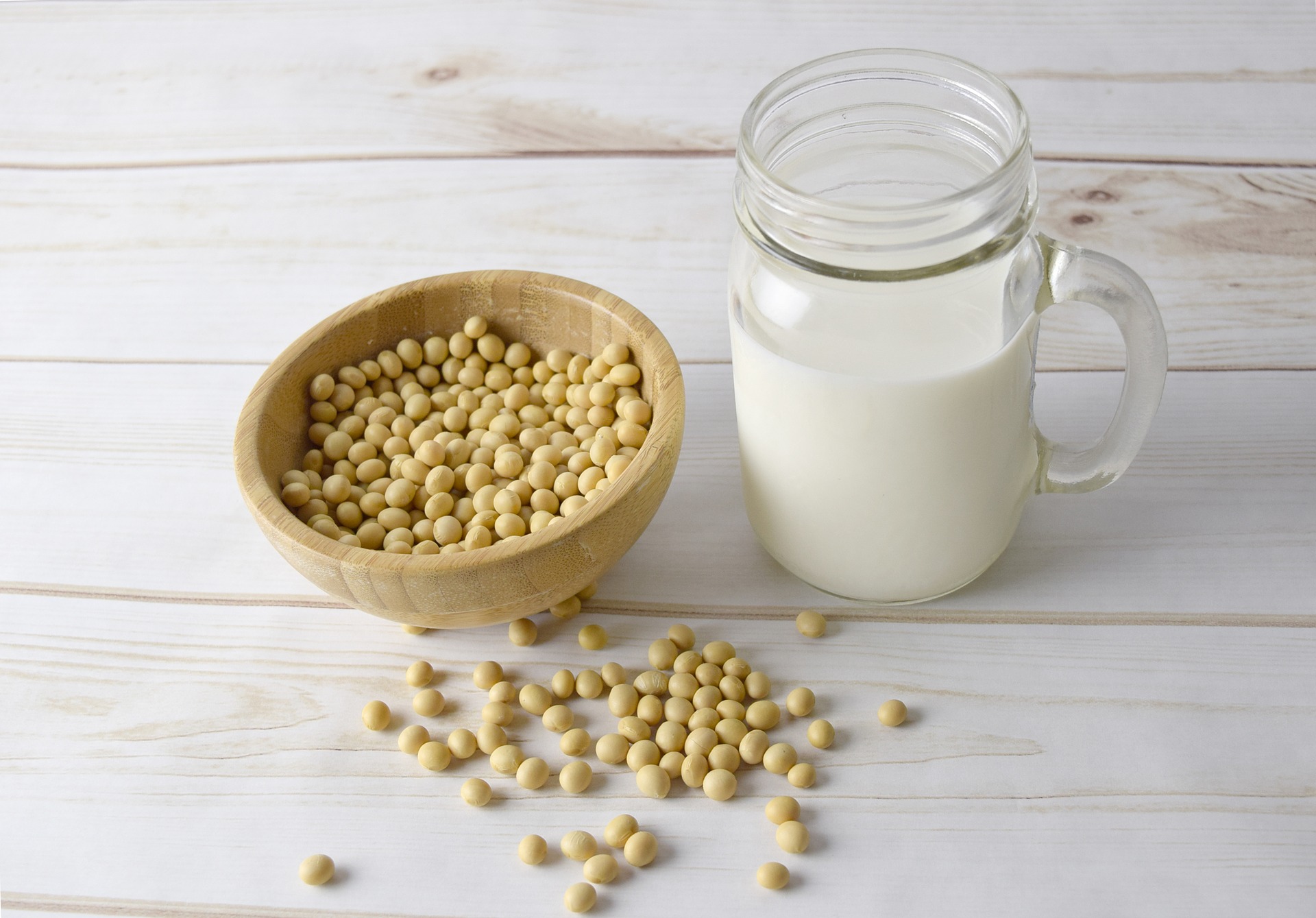
Babies love milk. Adults love milk-based products. You know what else loves milk? Good and bad bacteria. It’s the ideal medium for bacteria growth and could cause various food-borne illnesses, especially if consumed in raw, unpasteurized form. Researchers typically just test the milk supply in the US for specific pathogens or harmful bacteria and viruses, but IBM and Cornell University want to take things a step further. They plan to create new analytical tools that can monitor raw milk — that’s milk straight out of the udder — and instantly detect any anomaly that could turn out to be a food safety hazard. Read More
Doctors have finally found a more accurate way than BMI to determine whether your weight is healthy
After you hopped off the scale at your last doctor’s visit, your physician might have shown you a colorful chart of your body mass index or BMI. The index, a measure of body fat based on your weight in relation to your height, can be traced back to the 1830s. Despite its popularity, it’s now understood to be a relatively crude measure of fitness.
Enjoyed reading this? Like our Facebook page to stay updated

